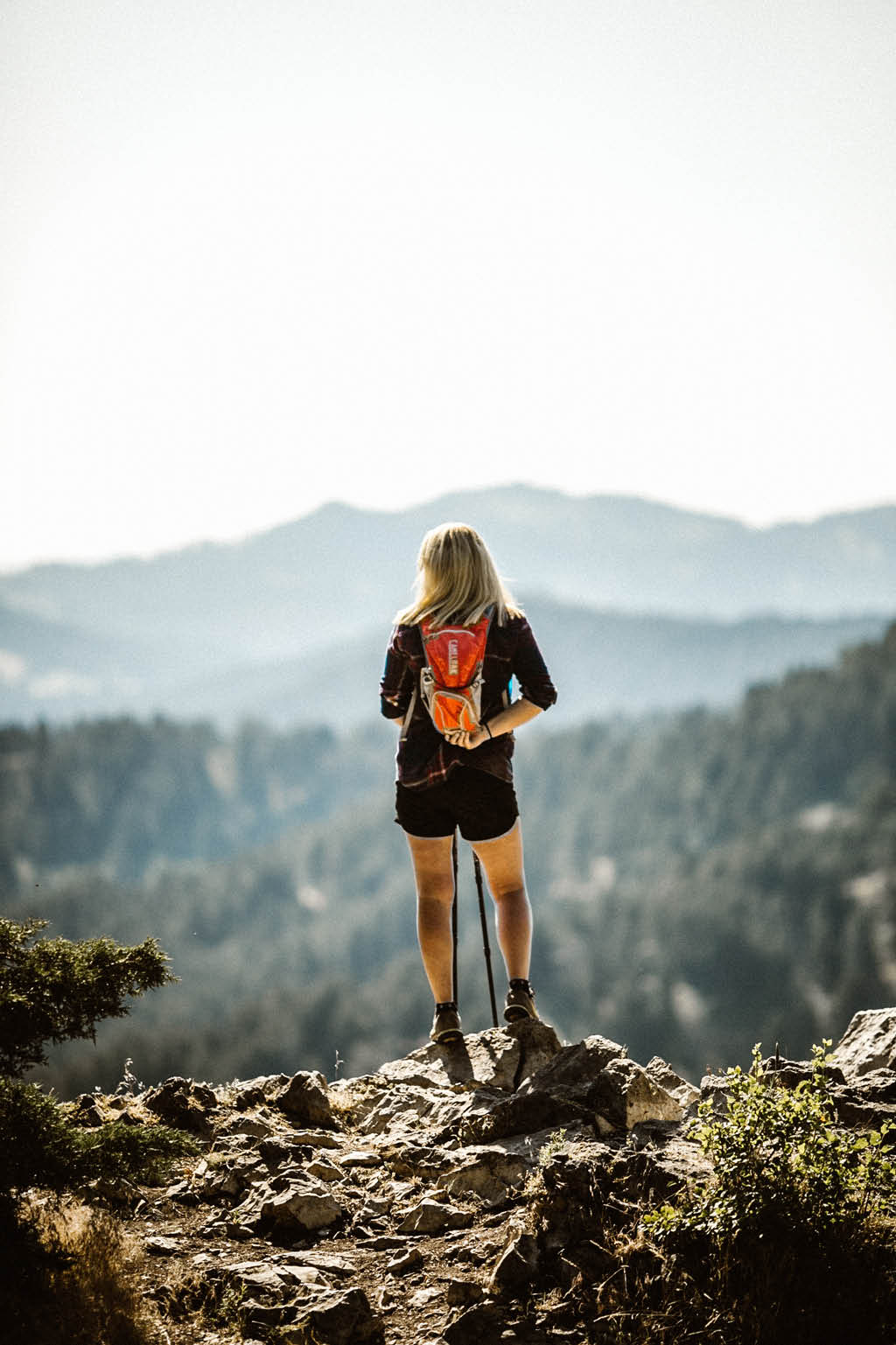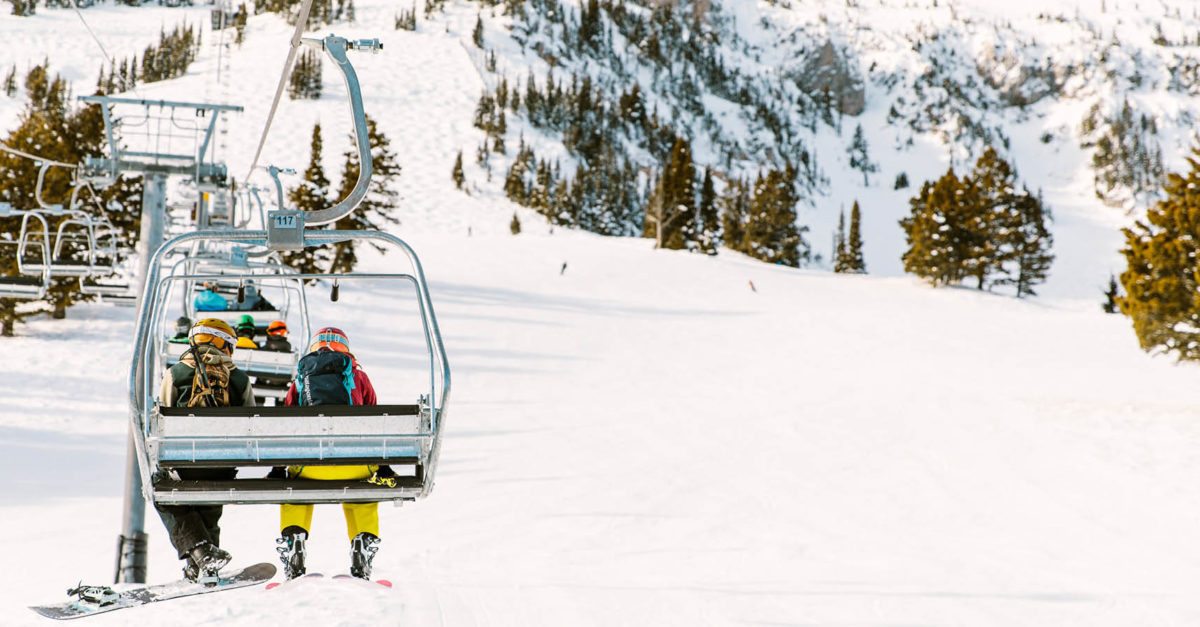Bozeman’s Big Sky
Montana is at the heart of this ideal: it didn’t earn the nickname Big Sky Country for nothing. It’s a massive state with an infinite list of places to explore, and one of the best is Bozeman.
This small town sits just north of Yellowstone National Park—an area that spans over two million acres and holds some of the country’s most fascinating geological features and wildlife. The park’s beauty carries over into the surrounding towns, including Bozeman. With a population of just under 50,000, Bozeman isn’t what many would consider a bustling metropolis, and that’s exactly its appeal.
A handful of western towns see their populations skyrocket, especially in the summer and winter, when a flood of tourists arrive. It’s a great thing for the tourism industry but can often take away from the traditional experience that visitors expect. While Bozeman is steadily growing in population, it hasn’t reached the status of places like Salt Lake City or Denver.
Fit for a Cowboy
One of the best ways to experience a Bozeman return to western life is through its guest ranches (also known as dude ranches), which offer a true taste of the cowboy spirit. Places like the 320 Guest Ranch—a little more than thirty miles from Yellowstone’s western edge—have been making the most of Montana’s wild landscape by getting visitors up close and personal.
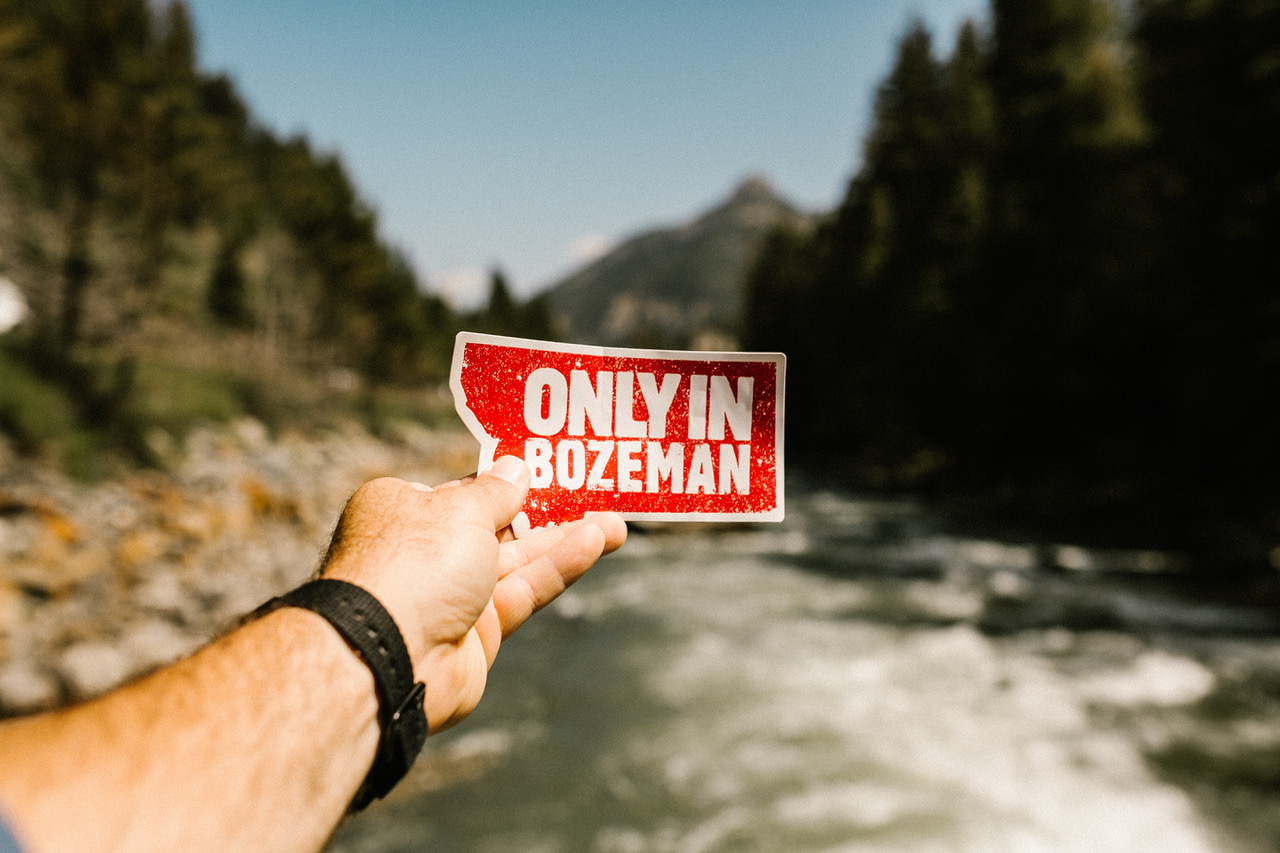
The ranch dates back to the late 1800s, when homesteaders first began making settlements in the areas around Bozeman. Sam Wilson and his father, Clinton, staked claim over what is now 320 Ranch, calling their 160 acres Buffalo Horn Resort. The ranch has been open to the public for over one hundred years and has since grown from accommodations for twenty to over two hundred.
Historic log homes, mountain chalets, and quaint cabins along the Gallatin River provide ample opportunities to explore the surrounding areas solo. You can also take part in many of the outdoor adventures offered through 320 Ranch, like horseback riding, fishing, and hiking. In addition to warm-weather activities and exciting winter sports like cross-country skiing, skijoring, and snowmobiling, the winter months bring a return to the ranch’s special sleigh rides, which take guests on a starlit journey through the snowy Montana wilderness. Draft horses pull guests along the Gallatin River to the ranch’s Mountain Man campsite for a cozy hour around the campfire under the stars.
Warm Up at the Hot Springs
With its close proximity to Yellowstone, Bozeman is home to a lot of geothermal activity. Many of the town’s hot springs were discovered hundreds of years ago by early settlers and have been utilized for their various health benefits ever since. A dip in the hot springs is said to relieve everything from arthritic pain to digestive issues, but, above all else, it’s a great way to relax and unwind in comfort under the Montana sky. There are numerous locations to experience the benefits of hot springs throughout the greater Bozeman area, including making your way to Yellowstone for the park’s famous Boiling River swimming area, which can only be accessed in the fall and winter seasons. High water makes this part of the river inaccessible in spring, so when the temperature turns cool, it’s the perfect opportunity to take a dip in the one-hundred-degree waters.
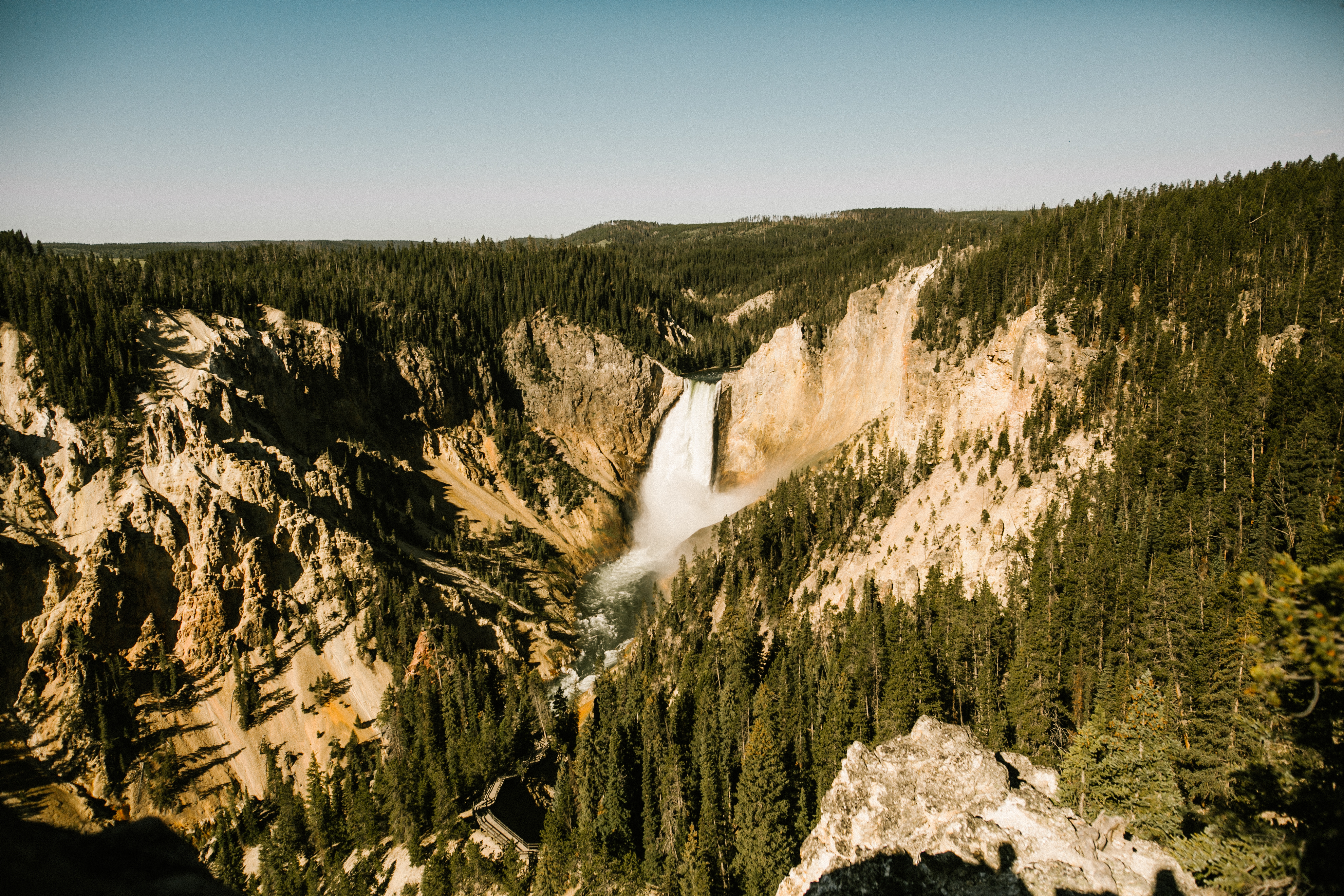
One of the most popular spots is Bozeman Hot Springs, which has both outdoor and indoor pools. The pools range in temperature from 57 to 106 degrees and are fed by natural underground wells. Two hot and cold indoor pools are situated directly next to each other for unique muscle-relaxing therapy.
Hot springs are full of minerals, such as sodium, sulfate, and silica, which are known to rejuvenate the skin and provide a warm, calming effect on the body. Bozeman Hot Springs has become a world-class destination, bringing in thousands of bathers per year to enjoy the waters, which are particularly stimulating after a long day of skiing.
Skiing the Bowl
Like many western mountain towns, Bozeman becomes a snow-covered oasis in the winter months. The snow brings in thousands of visitors each season, skiers and nonskiers alike. But those who do enjoy the thrill of skiing through fresh powder can experience a little piece of history at Bridger Bowl.
Bridger Bowl is one of the most popular skiing and snowboarding destinations in the country. Bozeman residents began developing the slopes in the 1940s and 1950s, slowly adding more advanced lift technology to provide winter sport enthusiasts with better access to all areas of the mountain. This group of residents eventually formed the Bozeman State Park and Recreation Association and later changed the name to the Bridger Bowl Association, which still remains today.
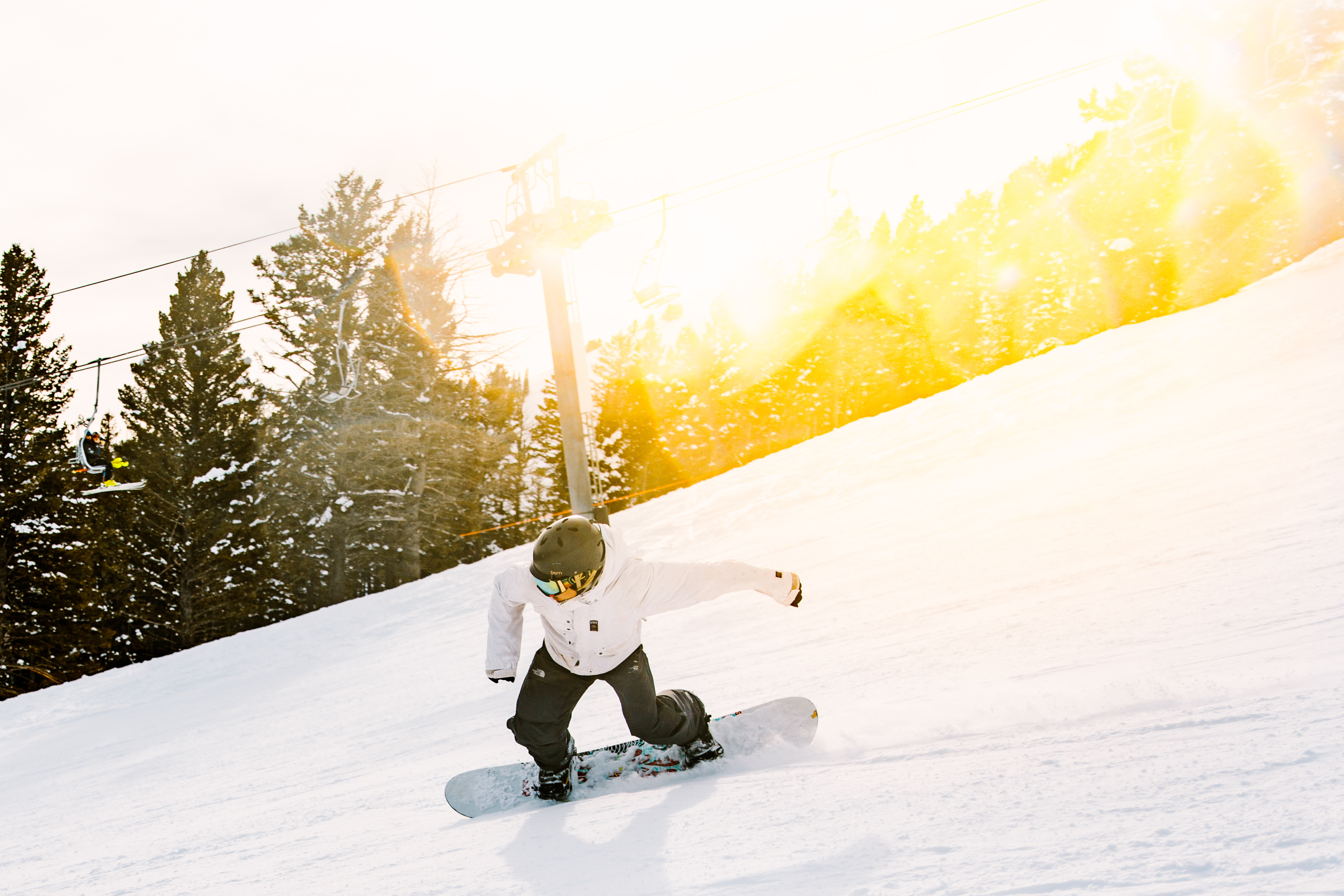
The ski area spans across the eastern slope of the Bridger Mountain Range, begins at an elevation of 6,100 feet, and reaches 8,800 feet at the summit. The mountain is home to more than seventy-five trails, some of which provide backcountry access for more advanced skiers and snowboarders. For less advanced riders, Bridger Bowl has a series of smaller trails and lifts, as well as lessons for beginners. The new Snowflake Warming Hut allows families to relax and warm up with a view of the ski lessons below, too—making it the perfect place for novice skiers and snowboarders up to professional-level thrill-seekers.
Conquer the Cold
From its origins as a stop during the gold rush to its popularity as a winter sports mecca, Bozeman is an ever-evolving destination that, while gaining momentum as a tourist hot spot, is still a small town, reminiscent of America’s Wild West days. A winter visit promises a truly memorable time for people of all interests—whether you dream of speeding down a mountain on skis or soaking in natural spring waters to ease your mind.Bozeman is austere and adventurous, and it promises every bit of freedom that it did when its earliest settlers came looking for their own piece of paradise in the western wilderness.
For more information, visit bozemancvb.com
Photography by: bozeman convention & vistors bureau
